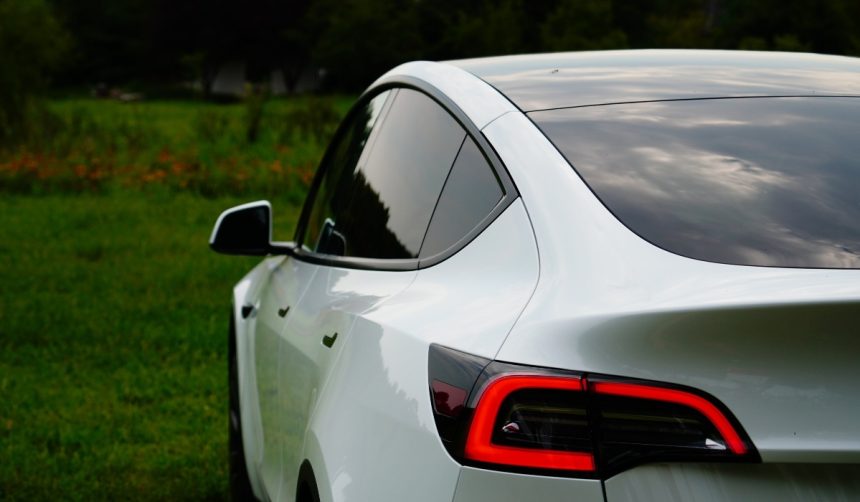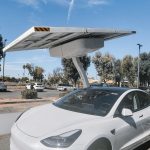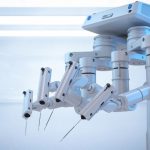Tesla has announced the return of the traditional turn signal stalk for Model 3 vehicles in China, following feedback from customers about its absence in the “Highland” refresh introduced in 2024. This move allows owners to opt for a familiar control interface at an extra cost, addressing complaints about the new steering wheel-mounted turn signal buttons. The retrofit, priced at ¥2,499 (approximately $350), highlights Tesla’s ongoing adaptation to user preferences, as the company balances minimalistic interiors with practical functionality. This decision may spark renewed consumer interest and alter purchase decisions, especially for those hesitant about the previous button-based design.
Tesla previously faced criticism over cockpit changes in its Model S and Model X with the introduction of the yoke steering wheel, which led to offering customers an option to revert to a round wheel. Similarly, the elimination of the turn signal stalk in the Model 3 refresh last year received mixed reviews, prompting Tesla to consider feedback more closely. Compared to other automakers, Tesla’s willingness to offer such retrofits provides flexibility but can come with added costs for customers willing to revert to familiar controls. The trend of removing physical controls has sparked debate about ergonomics and the transition to autonomous driving interfaces across the industry.
What Is the Reason for the Retrofit?
Tesla’s decision to reintroduce the turn signal stalk revolves around customer adaptation challenges with the new steering wheel buttons. Some drivers reported difficulty adjusting to the touch-based interface, and the feedback prompted the company to provide a paid solution for those seeking the traditional control. The addition is available exclusively for Model 3 units manufactured after February 7, 2025, although Tesla states that earlier models will be eligible for the retrofit at a later date.
How Will Installation Work for Owners?
Buyers can have the retrofit installed at Tesla Service Centers or attempt self-installation. However, Tesla advises owners to utilize its service teams, stating that damages from self-installation will not be covered. The company emphasizes convenience and safety for professional installation, with the goal of providing a reliable modification process alongside customer peace of mind.
What Has Tesla Said About the Retrofit?
“Modify your Model 3 by replacing the turn signal buttons on your steering wheel with turn signal stalks. This modification is included in the purchase price and is installed by a Tesla Service Center.”
Tesla outlines the scope of the service and adds a recommendation:
“Tesla is not responsible for any damages resulting from self-installation and recommends that the part be put in by an employee.”
The clear communication of options and policies aims to avoid misunderstandings and minimize after-sales complications.
Tesla’s continuing modifications to cockpit controls reflect the broader strategy of prepping users for automated driving. While the shift towards minimalism anticipates a future where manual controls become obsolete, customer feedback remains a significant force in determining product offerings and optional features. Tesla’s practice of monetizing the restoration of physical controls distinguishes its brand, but places the onus on consumers to pay for the features that most suit their driving experience. For buyers, understanding the cost and process of such retrofits is critical when evaluating new vehicle configurations. Monitoring how these offerings impact global customer satisfaction will be key for both Tesla and the wider automotive industry as vehicle interfaces continue to evolve.










